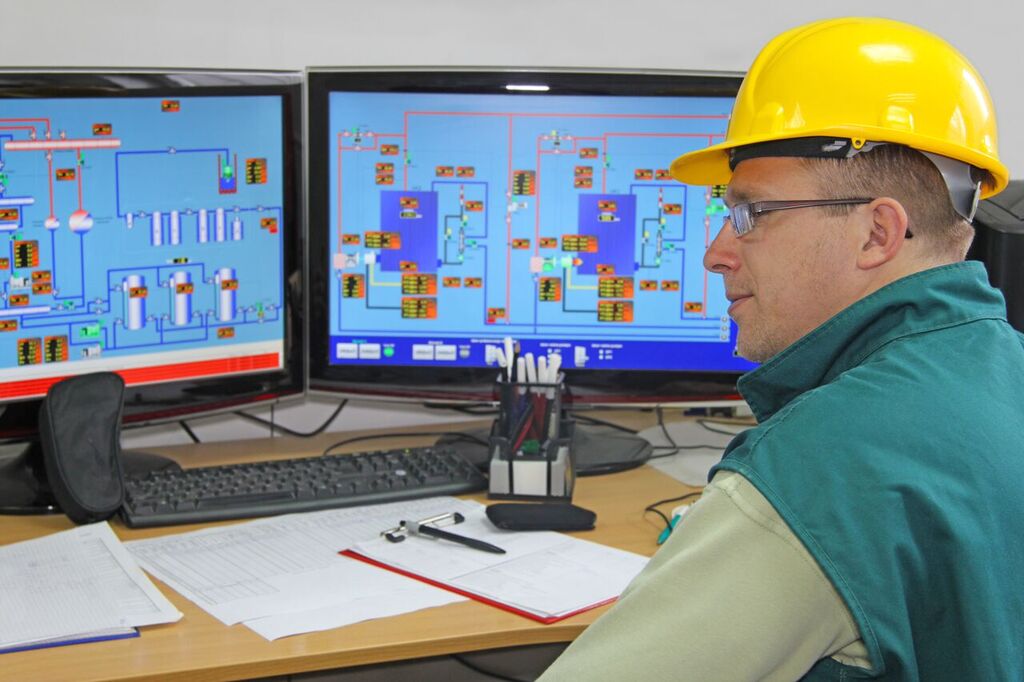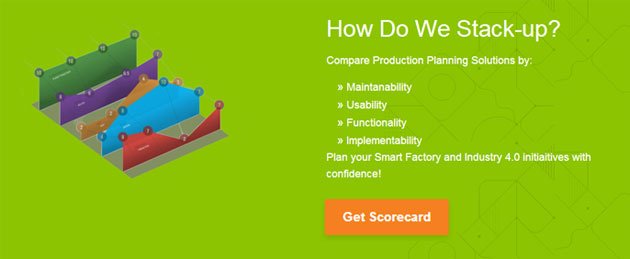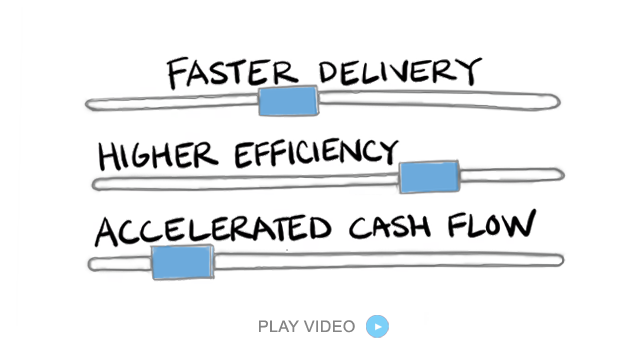Scheduling can be a hassle within many manufacturing facilities – especially as you are seeking to increase profitability and efficiency within your operation. This is where understanding the Theory of Constraints (TOC) can be particularly beneficial and provide thorough insight into how to optimize production through production scheduling and lean tools.

To sum it up, The Theory of Constraints (TOC) pertains to the organizational reformation method that focuses on improving profitability within an organization. The concept mentions that every organization must have at least one constraint, with a constraint being categorized as any factor that limits production or the organization from achieving maximum profitability. Bottleneck processes become the main focus, especially in a job-shop organization. Having said that, there are various non-manufacturing constraints that exist, such as market demand or the sales department ability to adequately translate market demand into orders. The Theory of Constraints can be utilized in various settings and areas of an organization and is a set of tools that can increase overall profitability with ease.
Five Steps of the Theory of Constraints
The five steps are easily defined and can greatly enhance an operation. The five steps include the following:
- Identifying the System Constraint – Identifying the constraint can be one of the most substantial challenges within the process. Ultimately, define and pinpoint the system constraint that is the weakest link, which can be either physical or a policy. Once this is identified, move on to the next step.
- Deciding How to Exploit the Constraints – An example of this would be to reduce or eliminate the downtime of bottleneck operations. Reducing or eliminating downtime can greatly enhance the operation, due to the ability to actually be controlled or prevented. This includes overseeing any quality issues on the line, locating root issues, etc. Optimizing your line through downtime reduction can provide a much more concise understanding of where the real bottleneck may be.
- Subordinate Everything Else – Any non-constraint components of the system should be adjusted to a setting that will enable the constraint to operate at the maximum effectiveness. This is where you will evaluate the system and see if the constraint has shifted elsewhere, which is where you will ultimately start the process over.
- Constraint Elevation – This step includes taking action that will ultimately eliminate the constraint. The is step can only be considered if steps two and three have not been successful. Major and expensive changes to the existing system are considered at this step, such as equipment implementation, software, and more.
- Returning to Step One – You will cycle back to step one and continue this process as you continue to evaluate and eliminate constraints within the operation.
Once defined and understanding the Theory of Constraints, it is important to understand how lean thinking compares to the Theory of Constraints.
How Lean Thinking Compare to the Theory of Constraints
Lean and TOC coincide in the sense that both of these methods pertain to organizational change with the objective of increasing profit. As both of these concepts include profitability increase, this is conducted through waste identification and elimination. Lean values aim toward eliminating any step that does not add value to the good or service to the final customer. There are five steps of lean thinking that are utilized within lean methodology:
- Specify Value – It is important to specify what exactly value is from the customer’s perspective. If value is not specified, then you will be able to conduct next steps through defining what steps are considered to be non-value added.
- Value Stream Identification – Value stream identification is by far the most vital step within the process. This is where the cost savings aspect can really come into play, especially when considering eliminating or consolidating certain steps. As steps are removed or combined, the time to complete a particular product can be reduced, leading to more output.
- Flow – Flow is all about creating a value chain that is never interrupted, leading to a continuous flow of production and a state where activity steps are all in sync with each other.
- Pull – Pull production or a pull system is a strategy used to reduce waste. This refers to pulling demand downstream to upstream and ultimately receiving demand in a more accurate manner. This is commonly utilized in JIT production.
- Perfection – Perfecting the operation takes time and repeating this process. Having said that, there is always room for improvement, which is why continuous improvement projects can be extremely beneficial to an operation. Repeating this process time and time again on different areas of your manufacturing facility will help in cleaning up the process and ultimately increase profitability over time.
A software that can aid with waste eliminating and scheduling is PlanetTogether’s Advanced Planning and Scheduling (APS) Software. Advanced Planning and Scheduling (APS) Software is a must for manufacturing facilities that are seeking to increase profitability within their operation and ultimately enhance operational efficiency.
Advanced Planning and Scheduling Software
Advanced Planning and Scheduling (APS) software has become a must for modern-day manufacturing operations due to customer demand for increased product mix and fast delivery combined with downward cost pressures. APS can be quickly integrated with a ERP/MRP software to fill gaps where these system lack planning and scheduling flexibility and accuracy. Advanced Planning and Scheduling (APS) helps planners save time while providing greater agility in updating ever-changing priorities, production schedules, and inventory plans.
- Create optimized schedules balancing production efficiency and delivery performance
- Maximize output on bottleneck resources to increase revenue
- Synchronize supply with demand to reduce inventories
- Provide company-wide visibility to capacity
- Enable scenario data-driven decision making
Implementation of Advanced Planning and Scheduling (APS) software will take your manufacturing operations to the next level of production efficiency, taking advantage of the operational data you already have in your ERP.
Related Lean Video
APS Resources
Topics: theory of constraints




















LEAVE A COMMENT